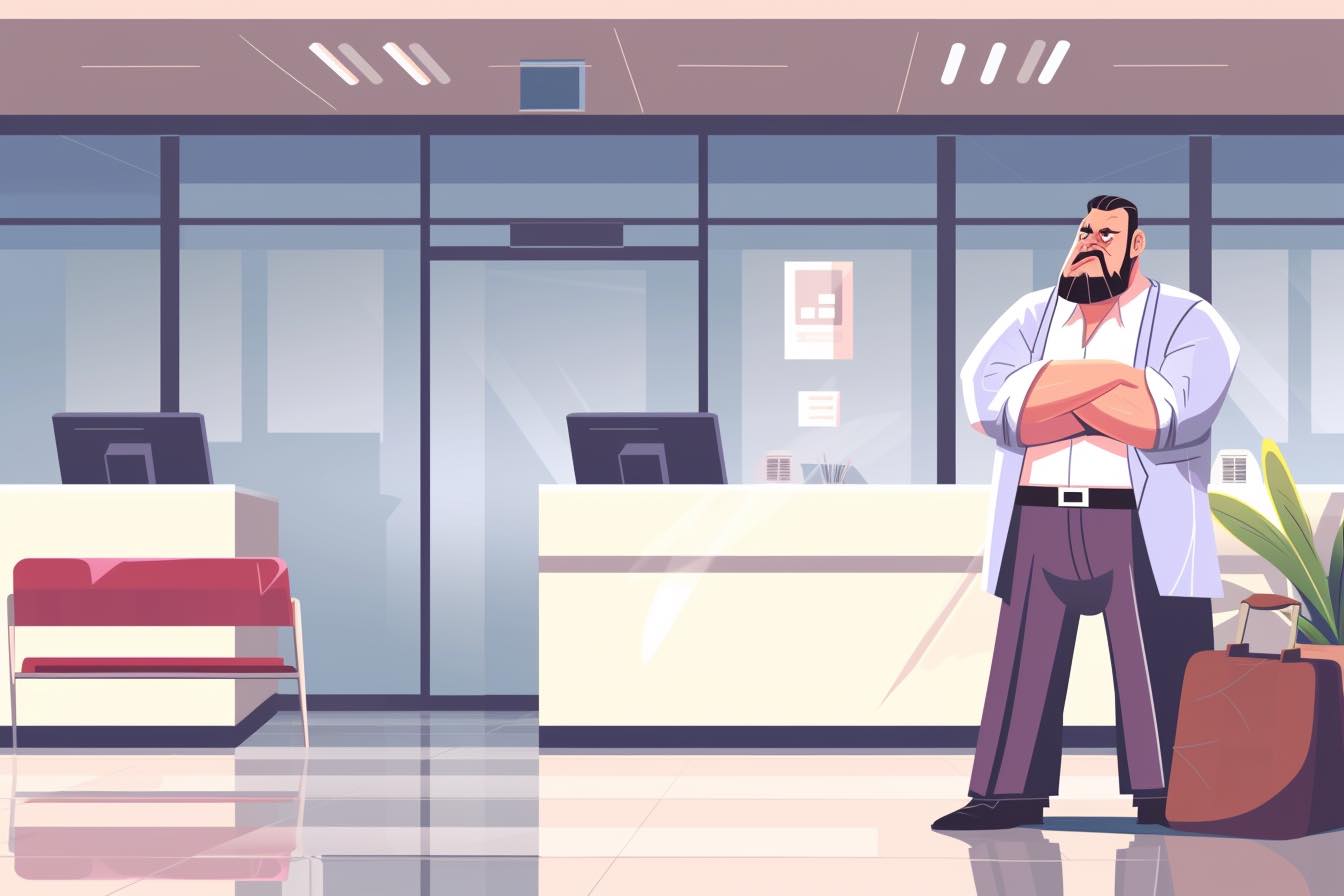Negotiating a deal is part art, part science.
The science part you probably already know. In the last few weeks, I’ve reviewed the best time to book an airline ticket or buy a car, a house, and a computer, among other things.
But one big question still looms: At what point during the actual negotiation do you pull the trigger? Do it too early and you could overpay. Do it too late and you might miss your opportunity altogether.
This is a part of buying psychology that skilled negotiators often know intuitively. There are no studies or surveys on the right time to purchase. You watch the salesman’s body language, you see a pattern in the numbers, and your instincts just tell you: “Buy now!”
But it might be less instinct than you think. Negotiating experts say you can teach yourself to know it’s time to stop bargaining and start buying.
“Time can be a key component to getting the best possible deal on everything from a new car or house, to electronics and even travel packages,” explains Daniel Duty, the co-founder and CEO of Conlego, a Minneapolis business negotiation and consulting firm. (Related: The five secrets to negotiating the best price.)
So what do the negotiating pros say about timing?
Ready to buy? Make sure time is on your side
“The more time you have, and the less they do, the more leverage you will have in the negotiation,” explains Duty. The best time to make an offer — or counteroffer — is when you know the seller has a limited time in which to dispose of their product or service.
For example, an airline seat — sometimes referred to as a “perishable” commodity — becomes worthless after the plane takes off without someone sitting in it. Likewise, car dealers get nervous at the end of the model year because they have to clear the older cars to make room for the new ones.
“With this time pressure, they will be much more likely to give you a better deal or make concessions,” he adds. In other words, if you can find out when you’ll have an advantage, that’s the time to make your offer.
When you are ready to buy, know what motivates the seller and use it to your advantage
“Sales teams have quotas and are given incentives so they can make their numbers,” says Stephen Gibson, the founder of Vyteo.com, a startup site. “These incentives get higher as you reach their deadline. Consumers hold a lot of cards in their hand if they’re working with salespeople on the last day of their sales cycle.”
You can find buying calendars online from sources such as Consumer Reports and Wisebread, which indicate which products are on sale at what time. These pages are packed with information that can sometimes be difficult to process, but they’re useful if you have several major purchases in the coming year and want to plan ahead.
But each sales team has a cycle that usually ends at the end of the month, quarter or year. That’s where good timing can make a more immediate impact. Time it right and you’ll get the deal you want. Time it wrong — walk into a car dealership early in the month hoping to negotiate below MSRP on the hottest car — and you’ll probably get laughed out of the showroom.
Run from the sales
Be skeptical of the sales. Why? Because they’re times when they want you to buy, and their timing usually works to their advantage, not yours. In the words of Mike Catania, the chief technology officer of PromotionCode.org, you have to develop “an immunity” to “limited time offers” or “this is the best price” pitches from salespeople.
Of course, you should wait for the best time for you to buy. His insider advice: If you’re buying online, go anonymous. “Customer-based pricing has been the rage,” says Catania. “A website can detect previous visits and browsing patterns, and couple those data points against internal records to determine how much it thinks you’re willing to pay. This is particularly true for travel sites, which have been using this technology for several years.” Pro tip: Disable your coupon plug-ins, since they can also be detected by sites, and used to generate a higher price. Who knew?
Know when to walk away — and know when to run
There’s the more immediate question of when you should actually make the offer and when you should abandon the shopping cart. There’s no simple answer. If you’ve done all of your homework and are buying at the right time for you, then you’ll know when to push the “buy” button. But if the negotiation feels strained and difficult, then it’s possible you overlooked something. Maybe the sales cycle didn’t end on that day. Perhaps the model year still has a month or two (I’ve done that). If the price rises after you click the “buy” button or the salesman says he has to check with his supervisor before he can make a deal, you know what to do. Get up and leave. (Here’s how to buy the best lugguage before your next trip.)
“Don’t be afraid to walk away,” advises James Goodnow, an expert on negotiating at the Phoenix law firm Fennemore Craig. “Know your alternatives, and never feel like you have to stay and purchase this car. There will always be other vehicles.”
Also, sales, incentives, coupons, or come-ons should not fool you. The exact moment when you should make a deal is the moment that’s right for you — not the business.




